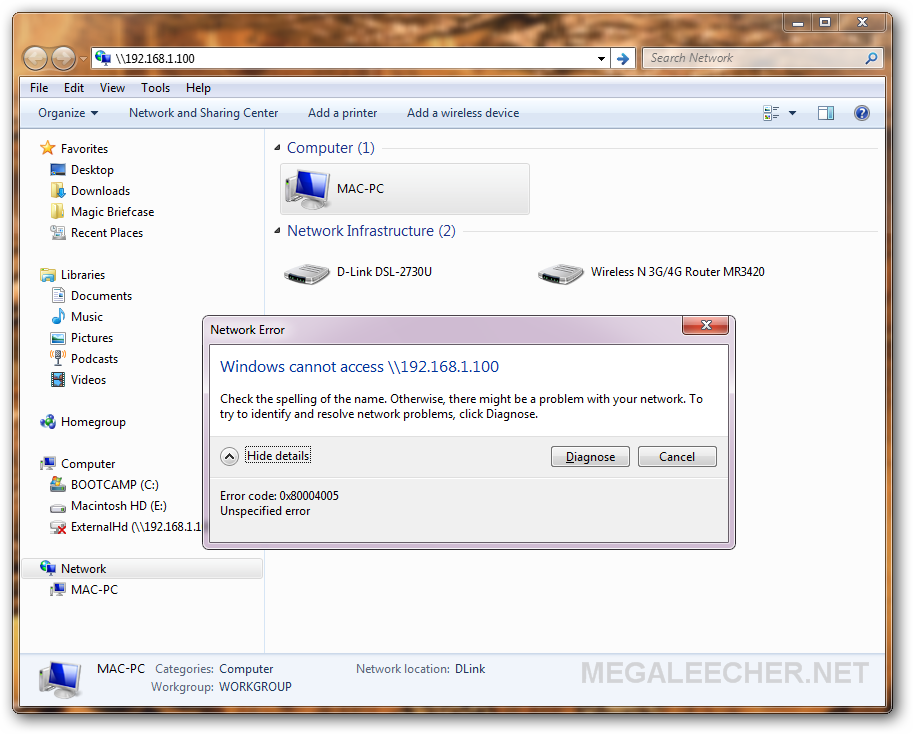Offline Files Windows 7 Home Premium Hack
Hey, friends today I am going to talk about an Operating system I known you also love Microsoft.All version of Windows 7 is very popular which is used nowadays..if you're a Microsoft Operating System lover then you must use this because every New user wants to use this Windows and its version.After the successful using and customer feedback, Microsoft Introduced Windows 8, use.Windows8.1 Windows 10 with GUI and easy.In windows 10 also have a feature which talks to the User and solve the problem and send feedback to the Microsoft server.
Still, as someone who travels frequently, I do understand why mobile users want access to the entire network, even when they are offline. As an administrator, though, I'm also keenly aware of the technical hurdles involved in doing so. Vista Panels Order Form. Fortunately, most of my trips have been relatively short, so I've been able to copy the files I need to my laptop, and then copy the revised versions back to my network when I've returned. Unfortunately, this changed last fall, when due to a personal emergency, I was forced to be out of state for about two months.
Note: The Offline Files feature is not available on Windows 7 Starter or Home Premium. Enable Offline Files. Open the Control Panel from the Start menu. Enable Offline files in Windows 7. Which edition do you have? Home basic, home premium, starter editions are the ones which does not support offline files in. You are running Windows 7 and you can't see any Offline Files options in Explorer when you right-click a file or folder. Further, if you look at the CscSer. Overview of Windows 7 Home Premium Activation Key. Windows 7 Home Premium, Windows 7 Home Premium, Windows 7. FB Hacker online or Offline Software Cool.

Since I didn't have a lot of time to plan for this trip (it was an emergency after all), I bought a laptop with two hard drives and copied as much data as I possibly could to the second hard drive. More Windows network management tips My plan was to work off of the copy of my data while I was away, and then copy the files back to my network when the trip was over. Although it was a good plan, it was flawed because at the end of my travels I had to figure out which copy of each file was the current version, and then merge the data from my laptop with the data on my network. Luckily, I had created an excel spreadsheet in which I made a log of all of the files I had modified while away; but merging the changed files was still time consuming and tedious.
As you probably know, every version of Windows since Windows 95 has had an offline files feature (although the feature's name has changed from one version of Windows to the next). Therefore, you might be wondering why I chose to do things the way I did rather than just use Windows Vista's offline files feature. The reason is because Vista's offline files feature (officially known as Client-Side Caching) isn't very flexible. Let's take a look. Descargar El Velero En La Botella Pdf on this page. To access the feature's properties sheet, do the following: • • Open the Control Panel and click on the Network and Internet link • • Select Offline Files • • Select Manage Disk Space Used by Your Offline Files Figure A As you can see in Figure A, Windows Vista allows you to limit the maximum amount of space that offline files can consume, but it doesn't allow you to control where those files are stored. In case you are wondering, Vista stores offline content in the C: Windows CSC folder.
The reason I didn't use the Client-Side Caching feature during my travels was that my C: volume simply did not have enough free space. Between all of my applications and several different virtual server instances, there just wasn't enough room left over for data.
That's why I bought a laptop with a second hard drive. When my trip was over, I realized that I really needed to find a better way of managing my files when I am on the go. Fortunately, I found a way to redirect offline content to a different location. However, doing so involves editing the registry, which, as you know, can be very dangerous since making a mistake could destroy Windows. Therefore, I recommend making a full system backup before you attempt the procedure that I am about to show you.